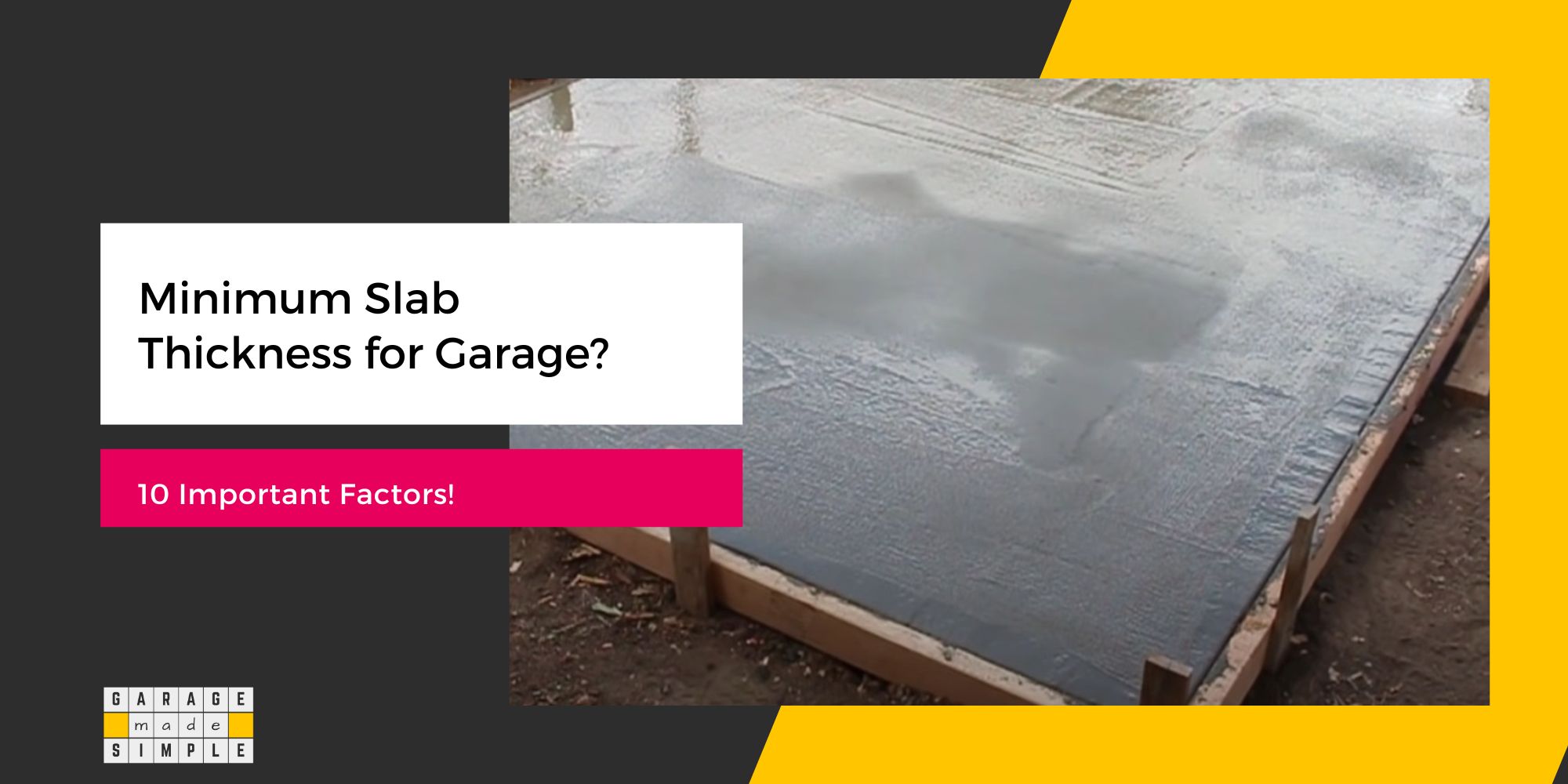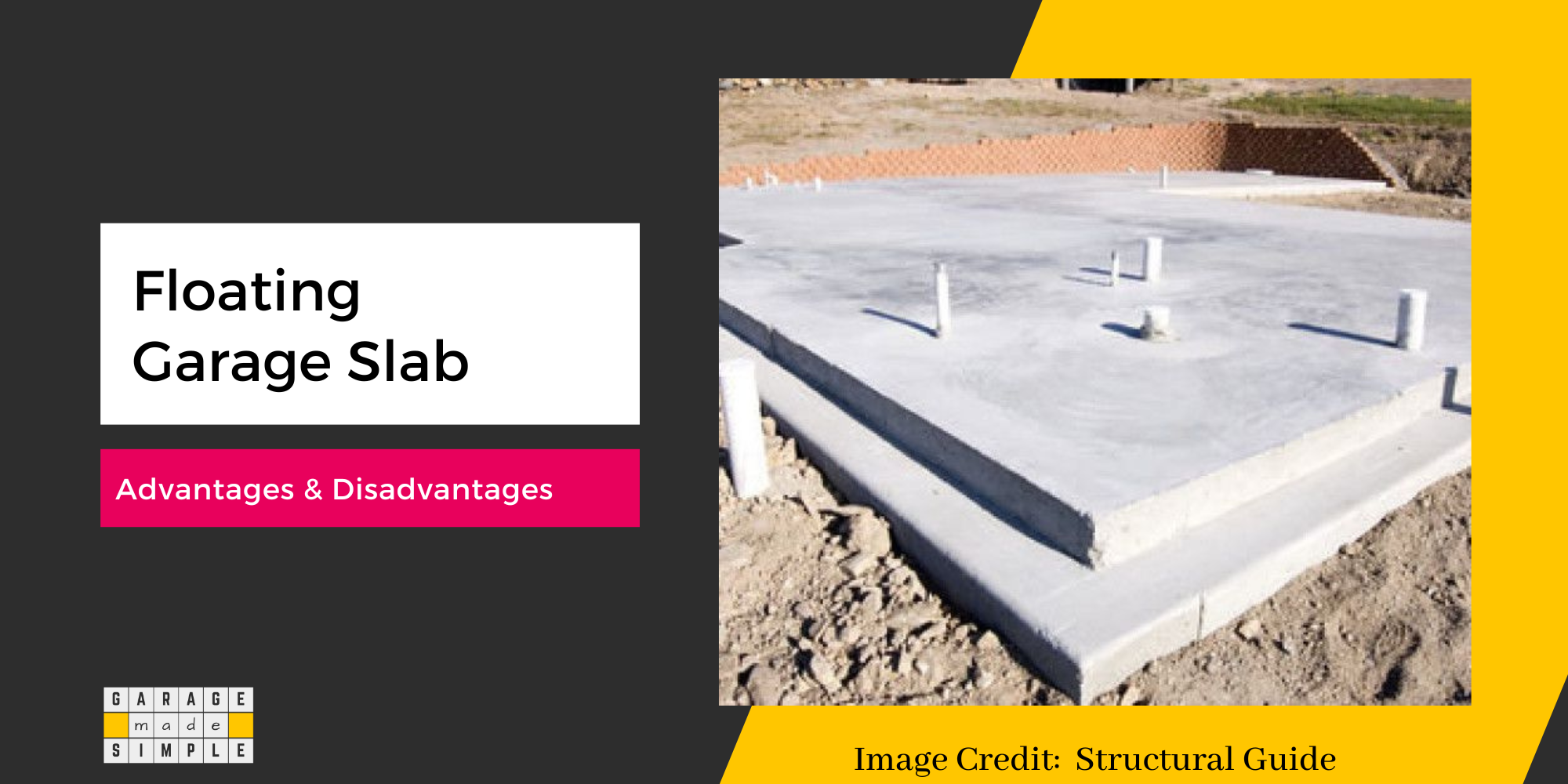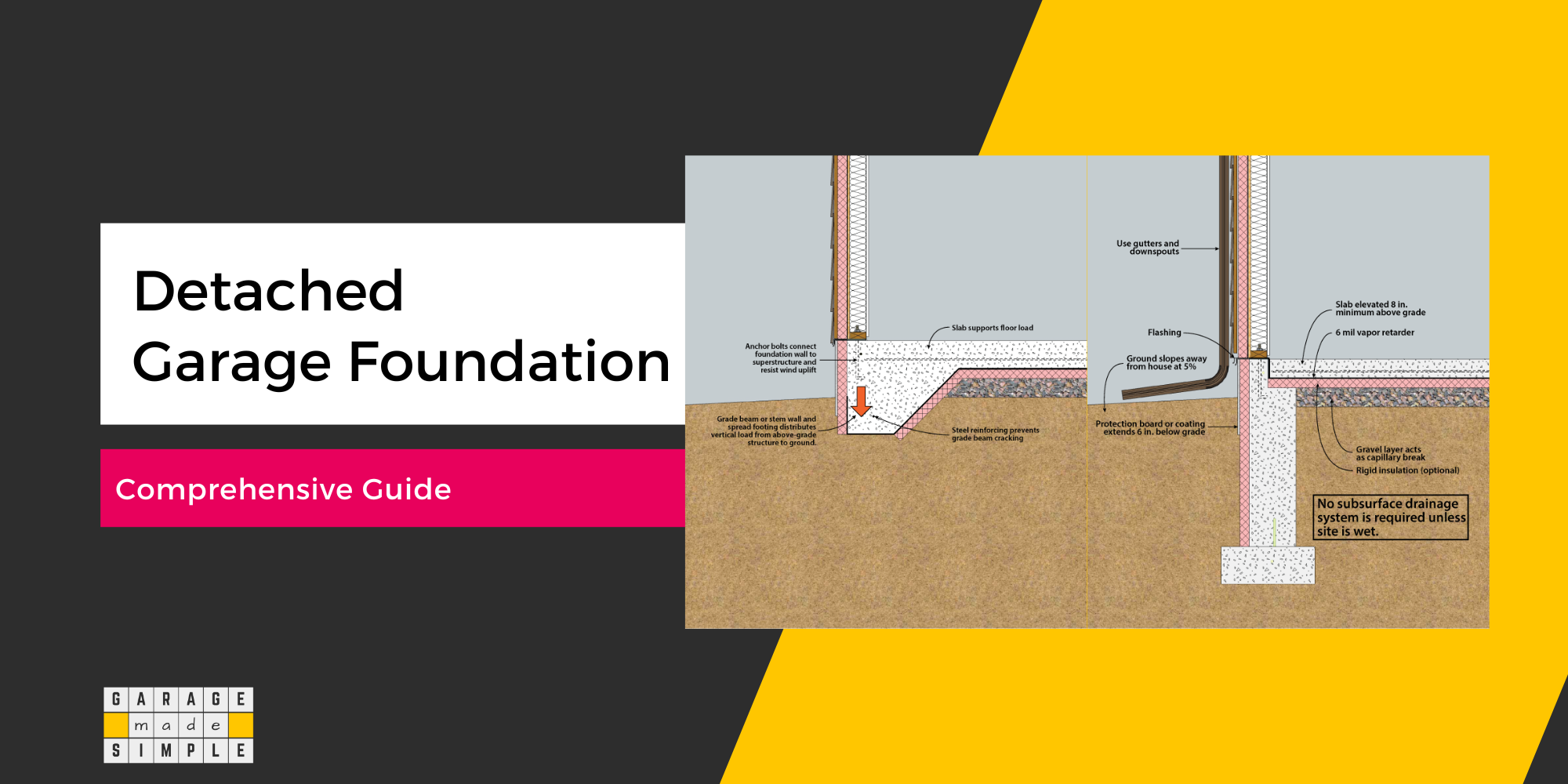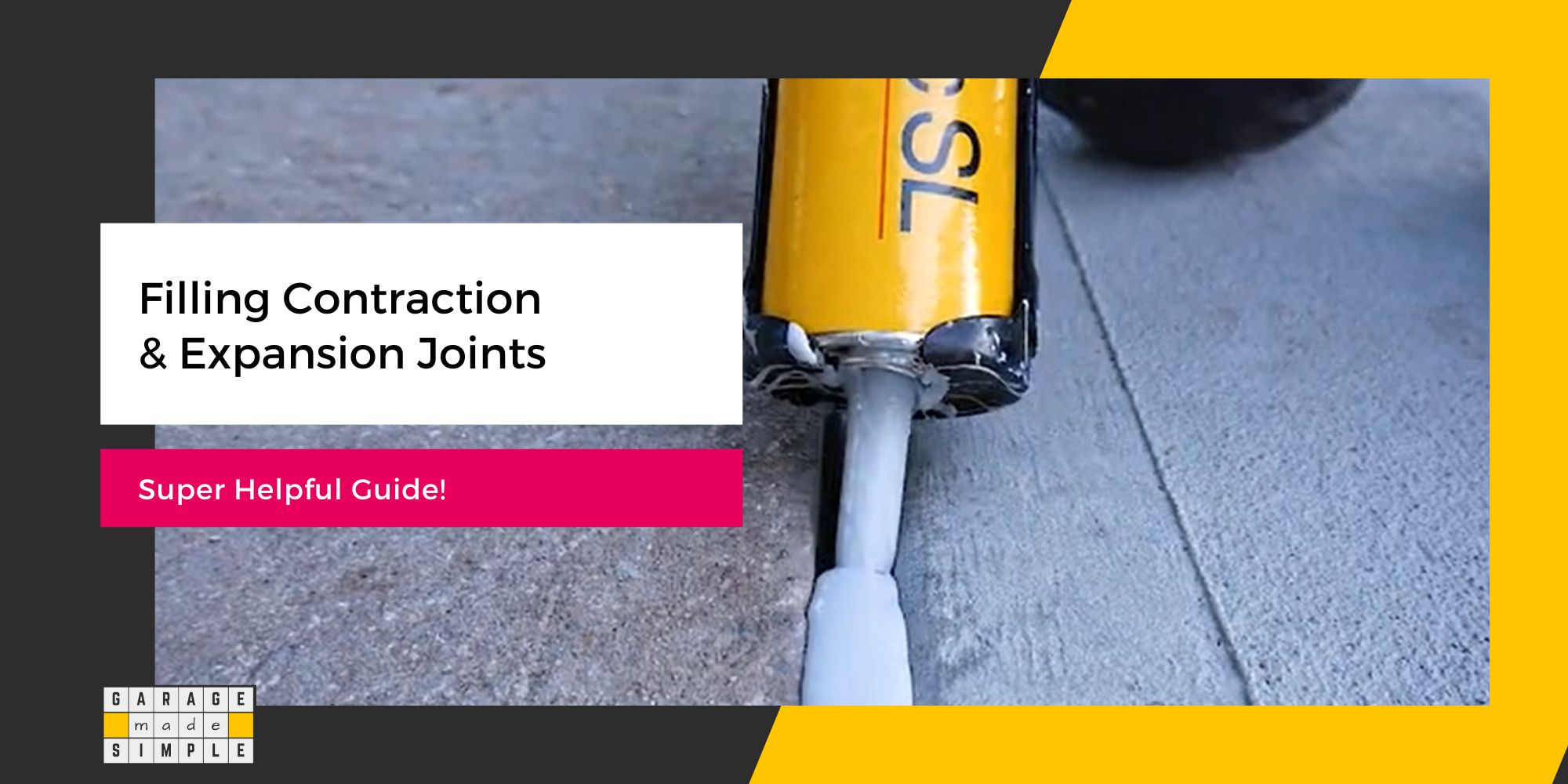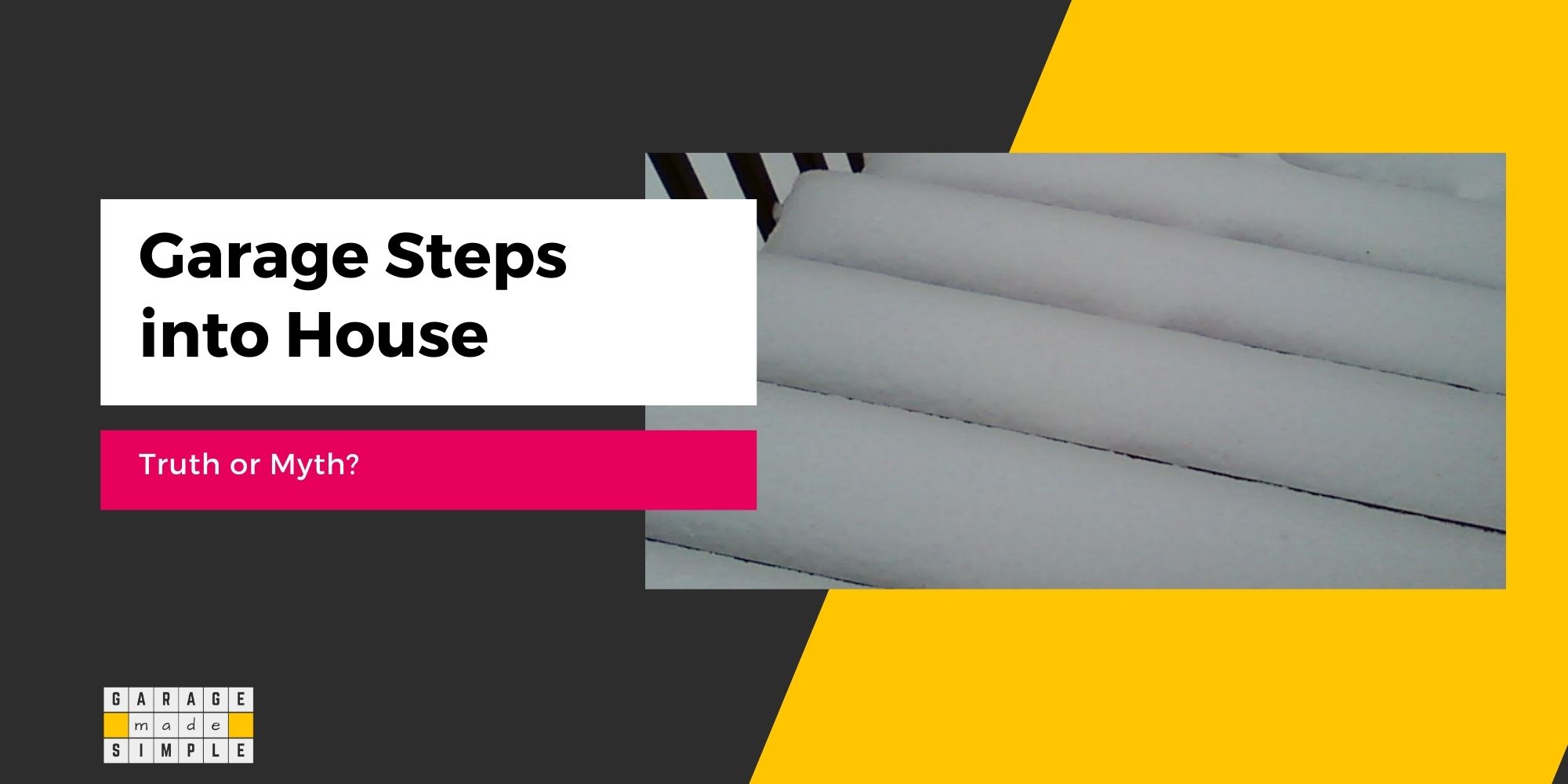Curing Concrete in Cold Weather: Expert Tips
As an Amazon Associate, I earn from qualifying purchases.
How Cold Is Too Cold for Curing Concrete?
Are you planning to pour a concrete garage slab this winter? Cold weather can make curing concrete tricky.
Cold weather for concrete is defined as when temperatures drop below 40°F within the first 24 hours of pouring.
Pouring and curing concrete in cold weather is not a great idea. However, it can still be done provided the concrete is produced, placed, and protected from extreme cold during the concrete curing process, as per recommended guidelines.
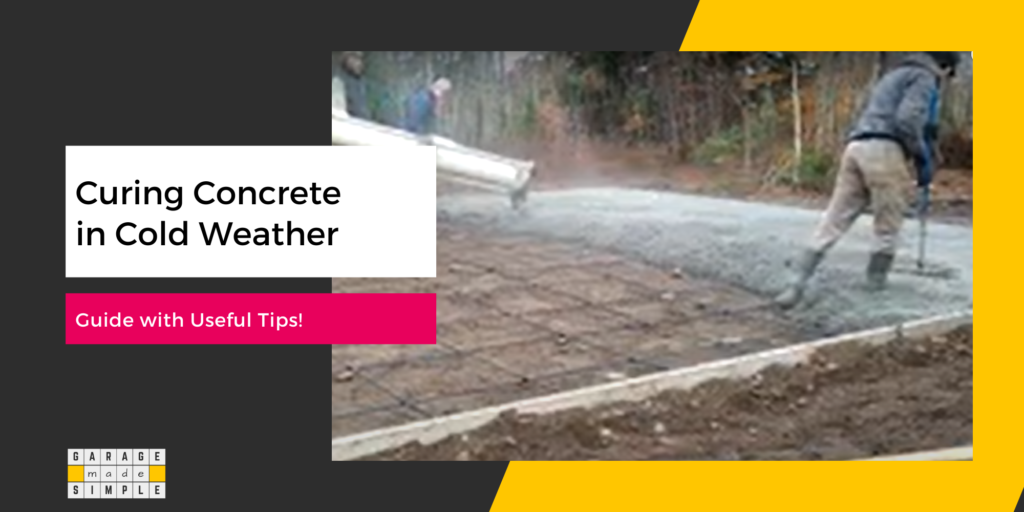
Concrete hardens through hydration, a chemical reaction between water and Portland cement. As temperatures fall, hydration slows, and if it gets too cold, the inadequate concrete curing process can compromise the slab’s strength and durability.
Despite the challenges, pouring concrete in cold weather is feasible with proper preparation and protection. Read on for expert tips to ensure success, even when temperatures drop.
Can You Pour Concrete If It Freezes Overnight?
Pouring concrete in freezing conditions or on snow- or ice-covered grades is strongly discouraged. Try to wait for warmer weather to ensure proper curing.
The temperature of the subgrade is as critical as the ambient temperature. Pouring on the frozen subgrade, even if the air temperature is above freezing, rapidly cools the concrete mix. This can slow down the concrete curing process considerably.
If temperatures drop below freezing, water in the concrete mix may freeze, forming ice crystals that cannot react with cement.
The hydration reaction is exothermic so some heat is generated. However, hydration may not even occur if the water in the concrete mix has already turned to ice.
The concrete curing process is disrupted, leading to uneven or incomplete curing. The resulting slab is unlikely to have adequate strength or durability.
Slabs poured on the frozen ground are prone to excessive cracking when the subgrade thaws.
Specialized concrete mixes designed for freezing conditions are available but always follow supplier and engineer guidelines when using them.
How to Cure Concrete in Cold Weather?
Curing concrete in cold weather can be challenging. Low temperatures and freezing conditions slow the concrete curing process, often resulting in weak and less durable slabs.
However, with proper planning, the use of a modified concrete mix, and an assisted curing process, you can still achieve the desired slab strength.
The American Concrete Institute’s ACI 306R-10 Guide to Cold Weather Concreting offers valuable insights, but here are the key guidelines:

- Plan Ahead
Cold weather concreting requires adjustments in mix specifications, placement methods, and curing procedures. Proper planning ensures you’re ready to act when temperatures drop unexpectedly. - Initial Protection
Protect freshly poured concrete until it reaches at least 500 psi strength, typically within 24 hours for slabs on grade. At this strength, the concrete can survive freeze cycles without significant damage. - Use the Right Concrete Mix
Work with manufacturers to adjust the mix for cold weather. This may include special admixtures, lower water-cement ratios, preheated aggregates, and maintaining proper mix temperatures. Always confirm your mix is suitable for the conditions. - Reduce Water Curing
Cold weather reduces evaporation rates, meaning less external water is needed for curing. This minimizes the risk of over-saturation while maintaining hydration. - Apply External Heating
Use external heat sources to maintain optimal slab temperatures during curing. Options include insulated blankets, heated enclosures, or space heaters to protect the slab from freezing temperatures.
Ways to Keep Freshly Poured Concrete Warm in Cold Weather
For effectively curing concrete in cold weather you need to keep the slab warm. Here are two methods that give good results:
Concrete Curing Blankets
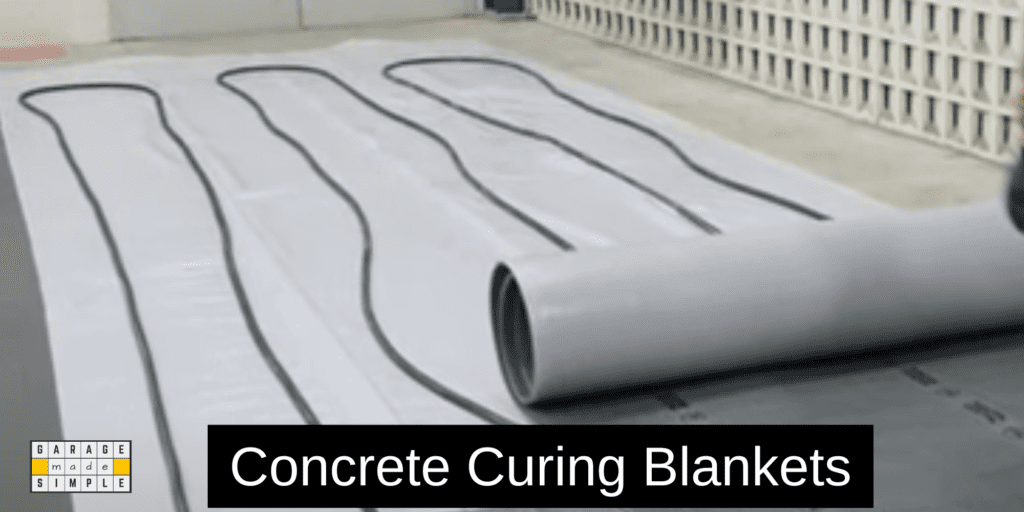
Concrete curing blankets are insulating covers designed to retain heat and moisture during the concrete curing process.
When to Use
- Cold Weather: Essential when temperatures drop below 40°F (4°C) to prevent water within the mix from freezing.
- Wet Conditions: Shields concrete from excessive moisture during rain or snow.
How They Help
- Temperature Regulation: Retains heat to prevent thermal cracking and promote even curing.
- Moisture Retention: Maintains adequate hydration for strength development.
- Protection from Elements: Guards against rain, snow, and wind during the critical curing phases.
Heated Enclosures
Temporary heated enclosures create a controlled environment, maintaining the temperature and humidity necessary for proper concrete hydration and strength development.
Key Features
- Heating Systems: Propane or electric heaters provide consistent warmth, preventing freezing.
- Insulation: Insulated walls minimize heat loss for stable internal temperatures.
- Ventilation: Prevents harmful gas buildup, ensuring a safe environment, especially with gas heaters.
When to Use
- During cold weather when temperatures drop below 40°F (4°C).
- Ideal for large pours like foundations or slabs.
Benefits
- Prevents Freezing: Ensures uninterrupted hydration, critical for strength and durability.
- Consistent Conditions: Promotes even curing, reducing thermal cracks.
- Extending Construction Window: Allows projects to proceed in winter, meeting deadlines without sacrificing quality.
Expert Tips for Pouring & Curing Concrete in Cold Weather
Sometimes you just need to pour that slab on grade even during winter. You can do it, but when pouring concrete in cold weather, you need to take a few extra precautions.
Here are some really useful tips for pouring & curing concrete in cold weather:
1. Prepare the Right Concrete Mix
Choose a Cold-Weather Mix
- Opt for a mix specifically designed for cold weather. These mixes usually have a lower water-cement ratio, enhancing durability and reducing the freezing risk.
Use Accelerators
- Non-chloride concrete accelerators can help speed up the curing process, minimizing the time the concrete remains vulnerable to freezing temperatures.
- Avoid chloride-based accelerators as they may cause corrosion in steel reinforcement.
Type III Portland Cement
- Use Type III Portland cement, which sets faster and generates more heat during curing.
- Avoid materials like fly ash or slag cement, as they slow the setting process.
Heat Key Ingredients
- Preheat the water or aggregates (sand and gravel) before mixing to ensure the concrete maintains a workable temperature during placement.
2. Site Preparation
Ground Inspection
- Avoid pouring on frozen ground. As the ground thaws, it may shift, leading to cracks in the concrete. Use insulated blankets to warm the ground if needed.
Clear Snow and Ice
- Make sure the pouring surface is free of snow and ice. These can interfere with the concrete’s ability to bond and may freeze, compromising its strength.
Use a Windbreak
- Protect the site from cold winds, accelerating heat loss and drying. Temporary shelters or tarps can be helpful.
3. Pouring the Concrete
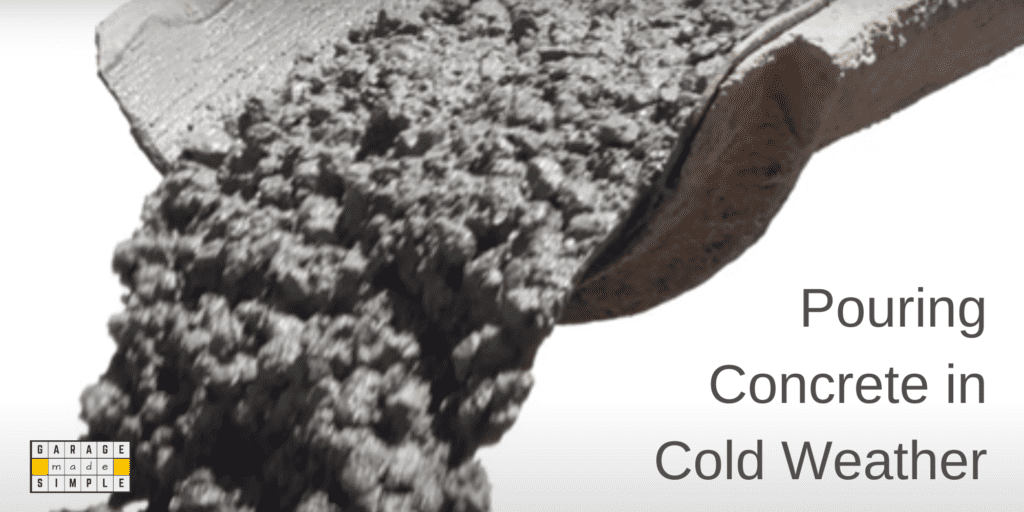
Timing Matters
- Pour the concrete before noon. This helps the concrete begin curing before temperatures drop further in the evening.
Minimal Water
- Use minimal water in the mix to reduce the risk of freezing. If external water is necessary during placement, use it sparingly.
Avoid Freezing
- Ensure the concrete temperature stays above 40°F (5°C) for at least the first 48 hours. If concrete freezes during this critical period, it can lose up to 50% of its strength.
4. Curing Strategies for Cold Weather
Insulate Properly
- Use concrete blankets, insulating foam, or polyethylene sheeting to retain heat during curing. Covering the concrete helps trap the heat generated during the curing process.
Leave Forms in Place
- Keep the forms on the concrete for as long as possible. Forms help retain heat and prevent rapid temperature changes that can cause cracking.
Gradual Cooling
- When removing insulation, do so gradually. Sudden exposure to cold temperatures can create a temperature differential, leading to cracks.
Monitor Temperatures
- Use an infrared temperature gun to check the concrete’s temperature regularly. Maintaining a consistent temperature is essential for proper curing.
You may also be interested in 9 Tips for Curing Concrete in Hot Weather: A Useful Guide!
5. Manage Bleed Water and Moisture
Handle Bleed Water Carefully
- In cold weather, bleed water may appear more slowly and last longer. Remove it carefully with a squeegee to prevent surface defects.
Live Steam for Drying
- For low-humidity conditions, use live steam to maintain moisture levels around the concrete, preventing it from drying out too quickly.
6. Additional Tips for Success
Use Concrete’s Natural Heat
- Concrete generates heat during curing, which can be utilized to your advantage. Insulating blankets can trap this heat, providing an effective way to maintain the ideal temperature.
Allow Adequate Time
- Cold weather significantly slows curing times. Structures like foundations carrying heavy loads may require a minimum of 20 days at 50°F to achieve sufficient strength.
Have Backup Plans
- Prepare for unexpected weather changes. Keep extra blankets, heaters, and other materials on hand to protect the concrete if conditions worsen.
Thank you very much for reading the post. I do hope you found it informative and useful.

